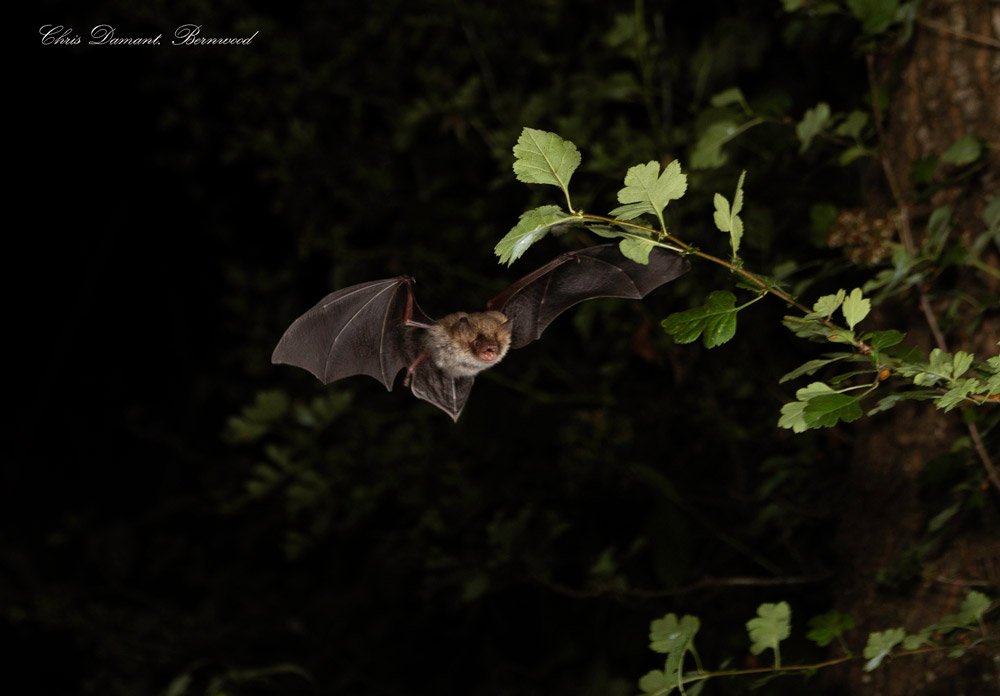
Unlocking the secrets of European bats with the BTO Acoustic Pipeline
Stuart Newson is a Senior Research Ecologist in the Data Science and Bioacoustics team, where he is mainly involved in survey design and analyses of data from large national citizen science surveys.
Over the past couple of years, our bat expert Stuart Newson has delved into the intricate world of European bats, meticulously analysing some of their understudied vocalisations: feeding buzzes and social calls. Now, as Stuart extends the capabilities of the BTO Acoustic Pipeline, it is poised to revolutionise the field by automatically identifying these fascinating calls.
What is the BTO Acoustic Pipeline?
The BTO Acoustic Pipeline is a species identification tool which analyses sound recordings and detects the wildlife found in them, using machine-learning algorithms built on decades of research at BTO.
It covers a huge range of wildlife, from birds and bats to small mammals and bush-crickets, and can be used in backyard sound projects, conservation work and commercial surveys.
Bat calls and species identification
The study of bat sound identification to date has mainly focused on echolocation calls – repeated ultrasonic pulses which bats use for navigation. For most species, these are too high-pitched for humans to hear, so we use recording technology to capture and analyse these sounds.
We can also use spectrograms, which are visual representations of the bat call. They show us how the frequency (pitch) of the sounds changes over time. Amplitude (loudness) is shown using a kind of ‘heat map’, where quieter sounds are a darker colour and louder sounds are a brighter colour.
Using spectrograms to distinguish bats
Spectrograms are useful for exploring differences in the calls of different bat species. Here you can see how the calls of Greater Mouse-eared Bat, Lesser Mouse-eared Bat and Cryptic Myotis have distinctive ‘shapes’.
The vertical axis represents the frequency of the sound, while the horizontal axis reflects time.
The study of bat sound identification to date has mainly focused on echolocation calls ... but being able to identify social calls and feeding buzzes has multiple benefits for bat research, species identification and conservation.
However, other types of bat calls have received much less attention: so-called ‘feeding buzzes’, where bats make an accelerating series of echolocation calls ending in a buzz to pinpoint the exact location of their prey, and social calls, which comprise a wide range of call shapes and pitch.
Being able to identify social calls and feeding buzzes has multiple benefits for bat research, species identification and conservation. Recently, I have been focusing in on these other call types, analysing thousands of recordings and gathering enough data to enable these call types to be identified separately by the Acoustic Pipeline.
Bat feeding buzzes and conservation
Identifying feeding buzzes may be helpful for someone working to conserve bat species by providing evidence for bat foraging behaviour, and quantitative information about how important different areas or habitats are for feeding bats.
For example, in a recent piece of research, we were tasked with understanding how bats respond to different woodland management practices. One of our findings was that Common Pipistrelle and Soprano Pipistrelle were more active in forestry plots with more deadwood ‘snags’ (dead or dying trees that are still standing), and greater quantities of fallen deadwood.
If we can distinguish echolocation calls from feeding buzzes, we would be able to go further than the published study to determine why bats were spending more time in areas where there are more deadwood snags – for example, whether this is likely because they provide more feeding opportunities for bats.
Bat feeding buzzes and species identification
Feeding buzzes can be useful for distinguishing some bat species with very similar echolocation calls, such as the Parti-coloured Bat and the Leisler’s Bat – two of the most difficult European bat species to distinguish from their echolocation calls.
Leisler’s Bat is patchily distributed in England and Wales and occurs in internationally important numbers in Ireland, but the Parti-coloured Bat is only a rare vagrant. This means we don’t often encounter identification issues for these bats in the UK. However, in some other European countries, both species can occur together. In these locations, it is extremely difficult to tell the species apart using recordings of their echolocation calls.
I carefully examined hundreds of feeding buzzes captured in recordings from locations where only one of these bat species occurs, so I could be sure which species was responsible for the calls. I noticed an interesting and consistent pattern: the final feeding buzz of Parti-coloured Bat drops to a lower frequency than the preceding echolocation calls, whilst in Leisler’s Bat it does not. My discovery means we can now safely distinguish these two species where they occur together, using recordings that capture these distinct feeding buzz sequences.
Bat social calls and species identification
Bats also use ultrasonic calls for social purposes. These distinctive social calls have a huge range of functions including mother and offspring interactions, coordination of social behaviours and group cohesion, food patch defence, and activities relating to mating. Compared with echolocation calls, social calls are often more complex, louder, and are usually produced at lower frequencies.
We still have a lot to learn about the social calls of European bats. However, social calls are increasingly recognised as a useful aid to bat identification, because they are often specific to different species. Using these social calls to identify species has already yielded exciting results.
In Continental Europe, Kuhl’s Pipistrelle is distributed mainly across southern and western regions. However, it has been observed slowly shifting its range northwards towards the UK, and in 2021, I decided to add the distinctive social calls of this species to the Acoustic Pipeline classifiers for southern Britain. This led to the discovery of this species in West Sussex in 2021, adding to only a handful of UK records before this finding.
The echolocation calls of Kuhl’s Pipistrelle are extremely similar to Nathusius’ Pipistrelle, a species which was already known to be present in West Sussex. Without the ability to identify bats by their social calls, Kuhl’s Pipistrelle would have been overlooked.
Social calls, behavioural insights and conservation
Being able to identify bat social calls can also provide useful information about the proximity of the sound recorder to a roosting structure, and/or mating activity: the presence of social calls in a recording can tell researchers that a roost is nearby, or that the area is important for breeding bats.
From a development perspective, this information is valuable for planning appropriate mitigation and compensation solutions. These are steps taken to minimise disturbance to bat roosts during development activity or to provide alternative habitat if the bats’ existing habitat is altered in the development process.
This information is particularly valuable for poorly known bat species. For example, during the mating season, male Nathusius’ Pipistrelle – a scarce but potentially under-recorded species in the UK – produces distinctive advertisement calls within or close to their mating roost, providing us with a useful indicator of their mating roost locations.
Echolocation calls with a social function
There is an added complication for some bat species, though: they can produce calls that are likely to have both an echolocation and a social function! This means we can not simply categorise them as echolocation or social calls.
Luckily, these ‘combined function’ calls are not often produced by most bat species. However, they are common in Brown Long-eared Bat and in other closely related long-eared bat species. For the Acoustic Pipeline classifiers, we have classed these calls as echolocation calls, because they are commonly recorded away from roosts, and from a behavioural perspective, their identification is perhaps less useful than that of other social calls.
When it comes to social calls, I also decided that the Acoustic Pipeline should focus on social calls that are produced by bats flying freely outside a roost. Social chatter that is only ever produced inside a roost is so variable that including it in classifiers for the Acoustic Pipeline might reduce the Pipeline’s wider performance. This means that social chatter which you may record on a bat detector from directly outside the point of emergence from a roost is also excluded.
Changes to the Acoustic Pipeline results
Providing an update to the Acoustic Pipeline classifiers to separately identify echolocation calls, social calls and feeding buzzes ... helps to set the future direction of acoustic bat monitoring in Europe.
Building tools for automated identification of sounds, whether for bats, birds or anything else, requires collating and curating large reference libraries of accurately identified recordings.
For some European bat species, I currently have few examples of social calls, and indeed little is known about the social calls of some of these bats. This has made it difficult for me to decide when to extend the Acoustic Pipeline to start adding additional results on the presence of social calls, and of feeding buzzes in sound recordings.
However, despite this challenge, I think that providing an update to the Acoustic Pipeline classifiers to separately identify echolocation calls, social calls and feeding buzzes is useful, and helps to set the future direction of acoustic bat monitoring in Europe.
- For more information about this update and how it will improve your Acoustic Pipeline results, visit the Acoustic Pipeline Ultrasonic classifiers page.
The work described in this blog was undertaken by BTO Senior Research Ecologist Stuart Newson.
Stuart would also like to give particular thanks to Henry Schofield, and to Chris Damant from Bernwood Ecology, for the use of their photos here. The spectrograms shown here were produced in SonoBat.
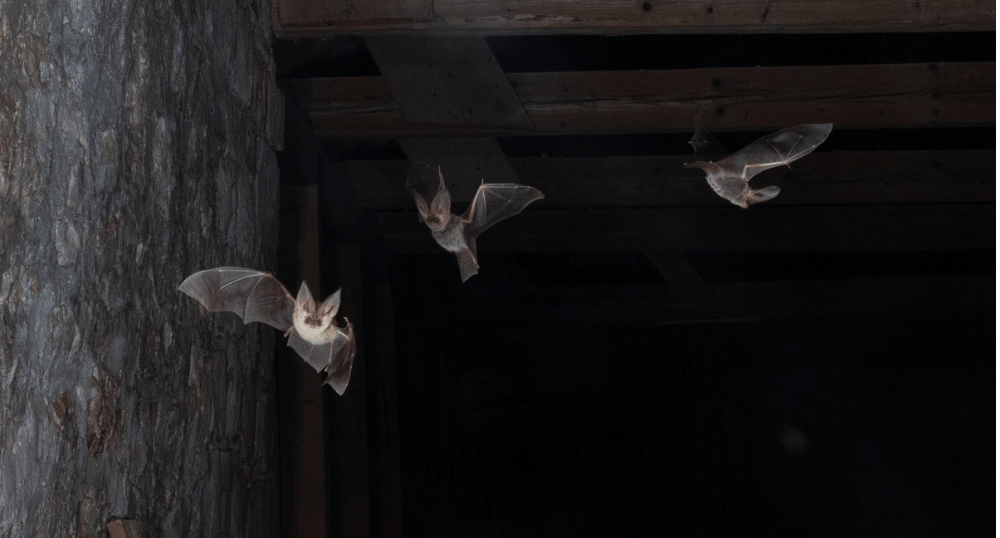
Identifying Europe’s most poorly-known bats
A trip to a former Benedictine monastery provided our bat acoustics specialist with a unique opportunity.
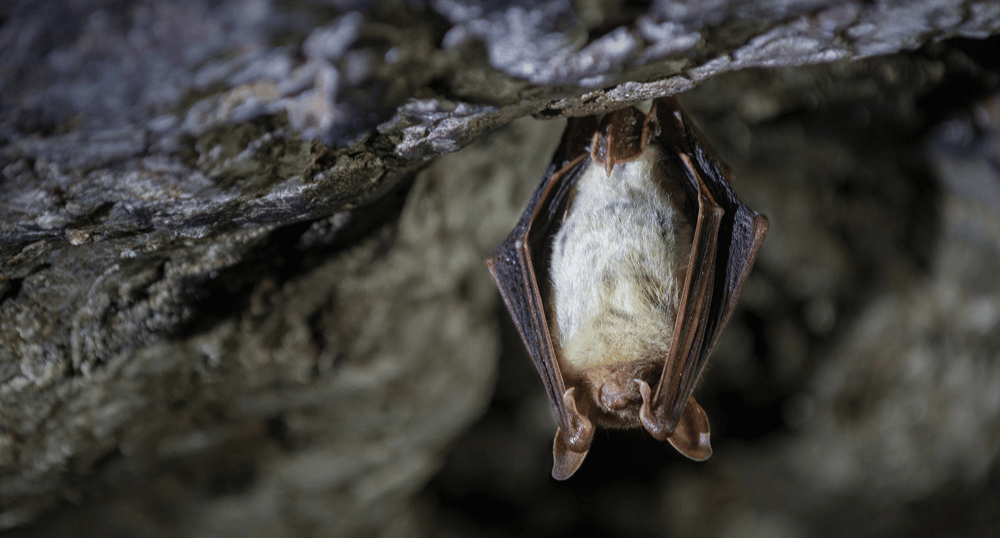
Bat conservation in Europe’s most threatened landscapes
What happens when a landscape restoration programme and an innovative sound analysis project come together?
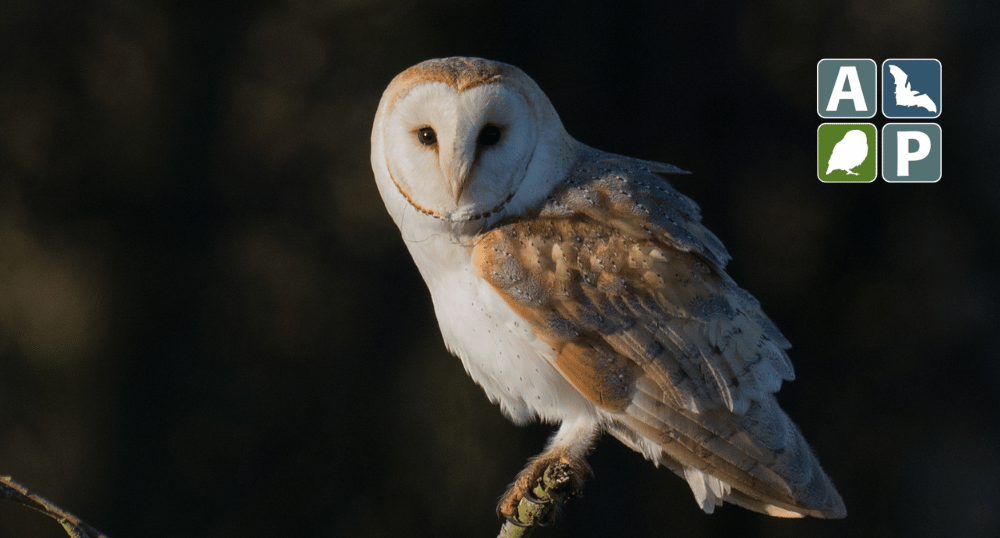
Discover the BTO Acoustic Pipeline
Accurate species identification and data management for acoustic monitoring of birds, bats, bush-crickets and small mammals.




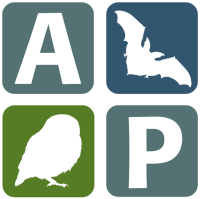
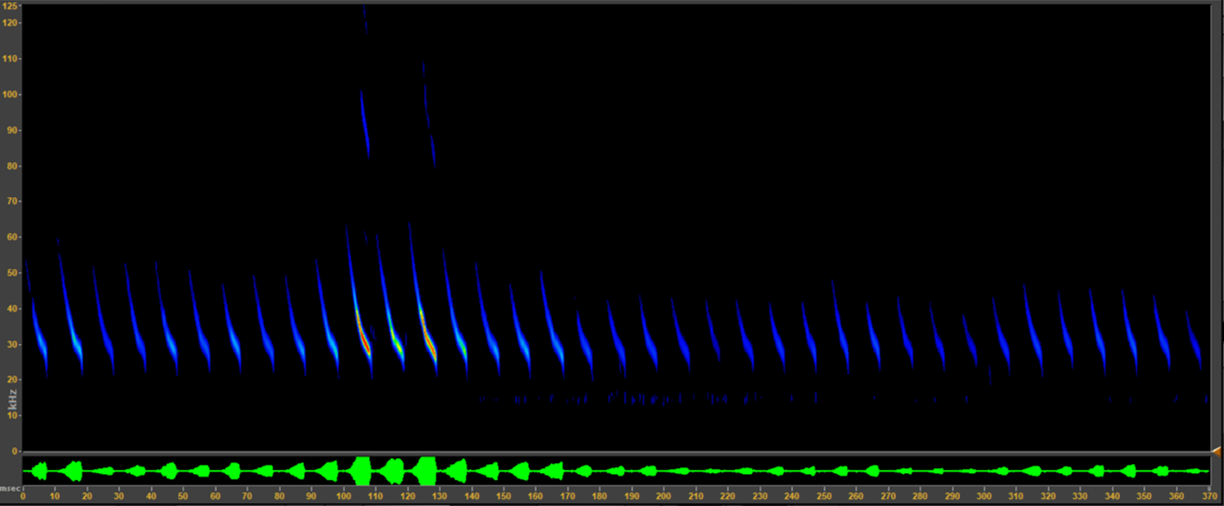

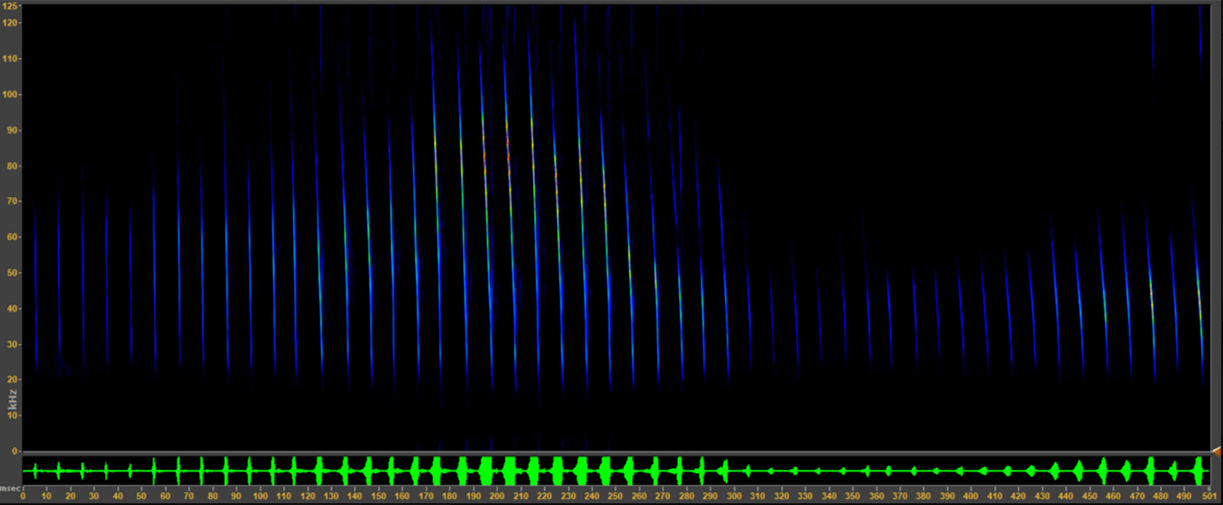
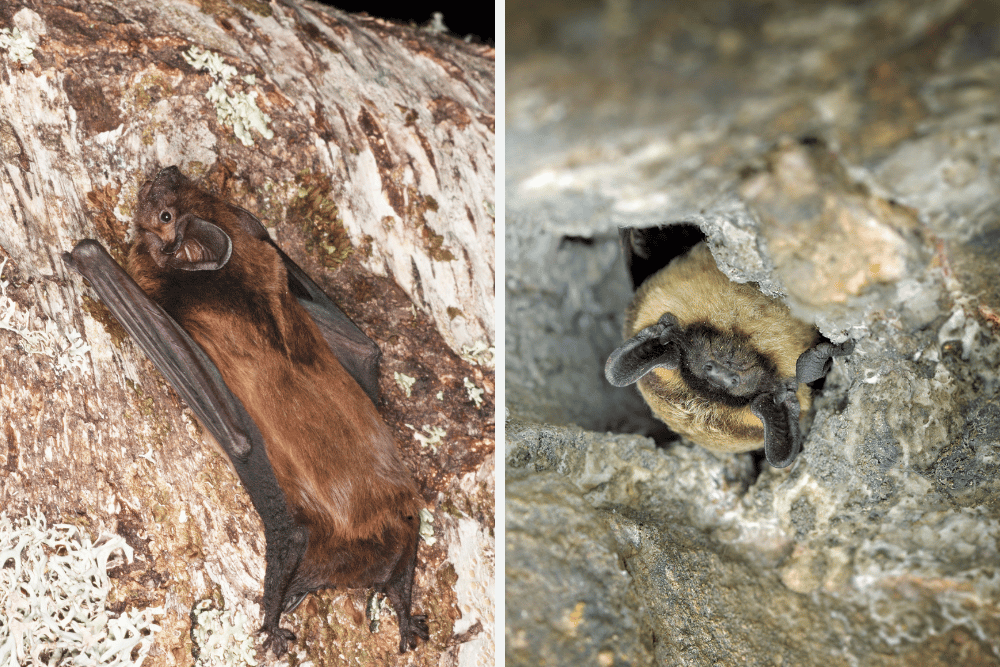
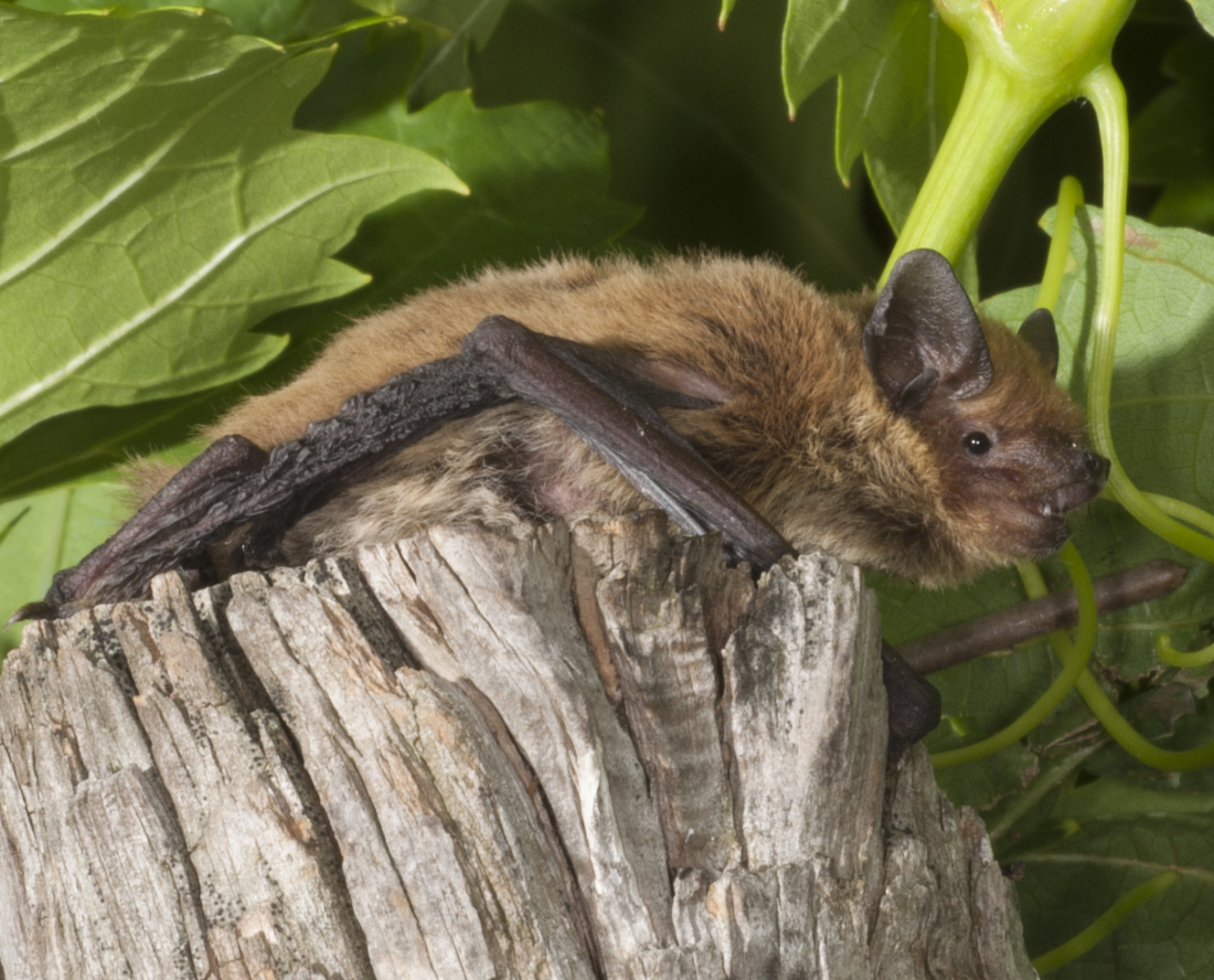
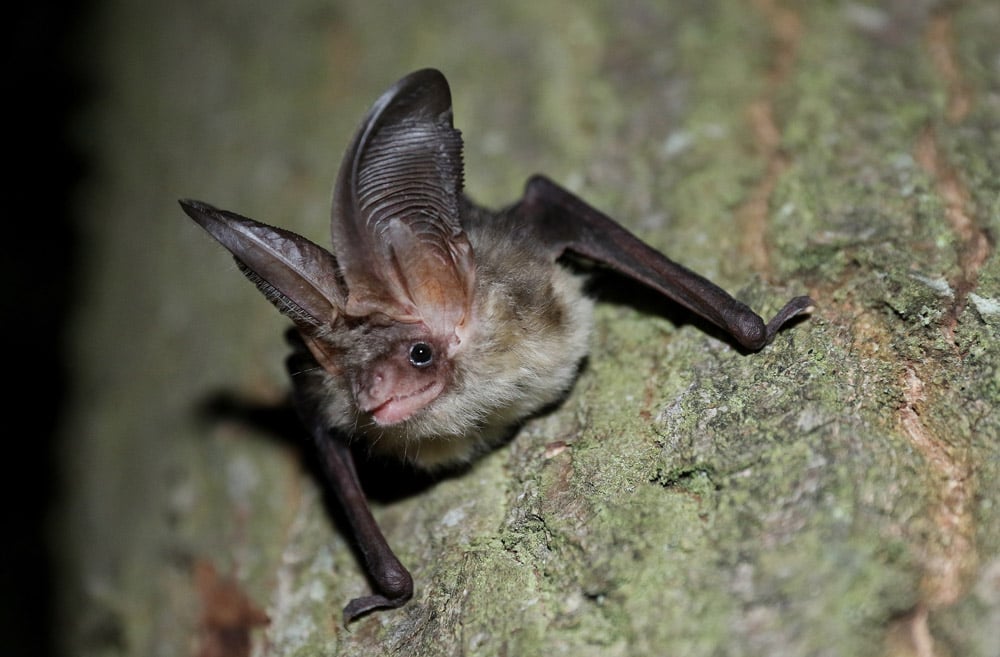
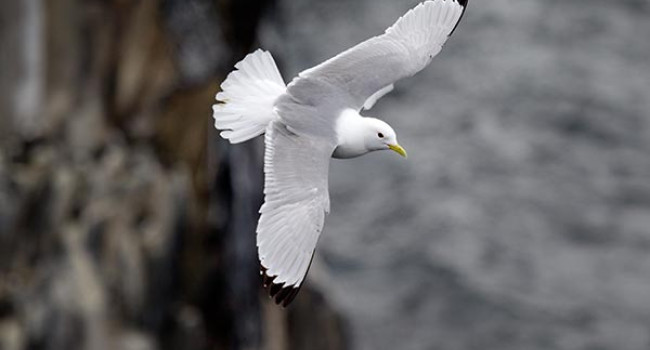
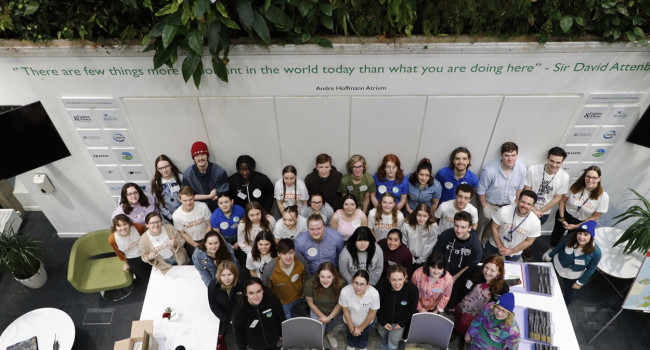
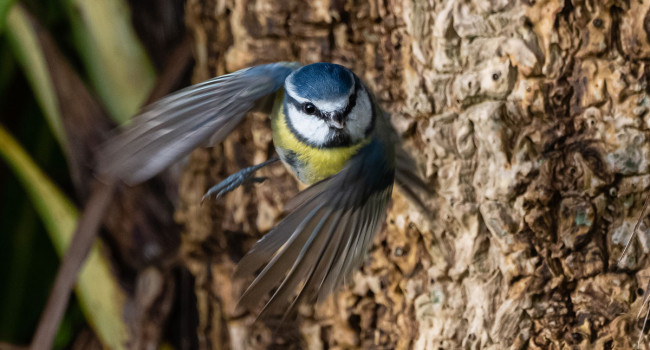

Share this page